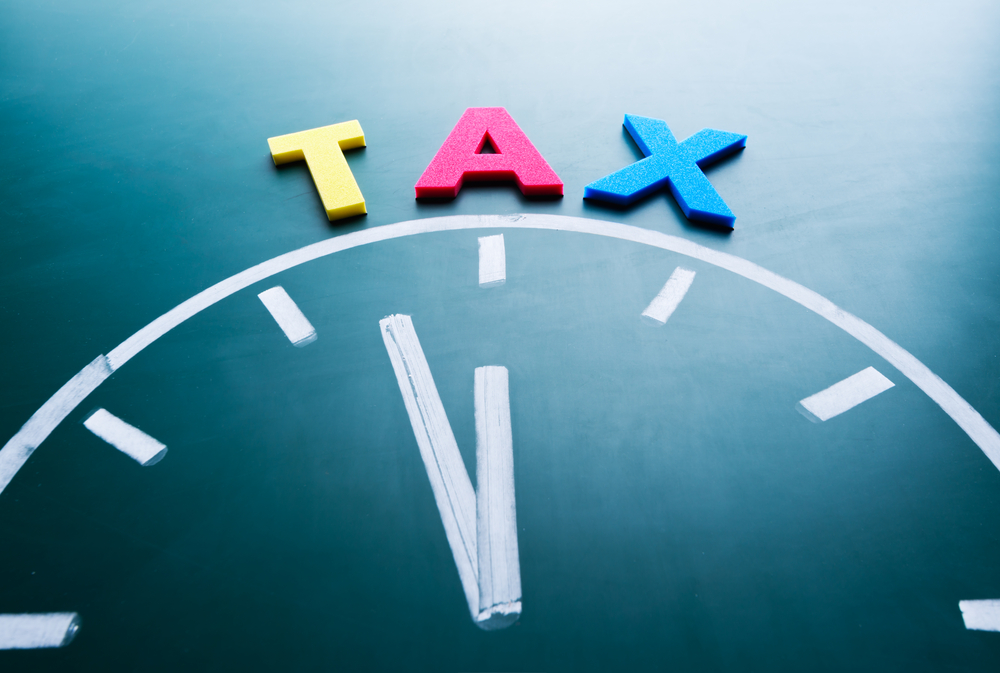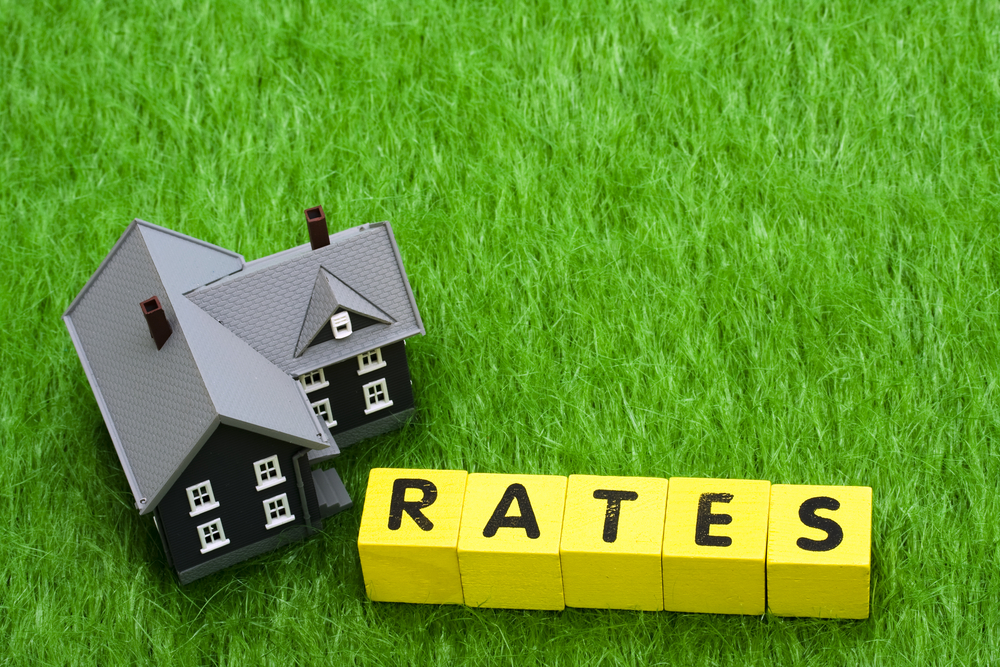
Rumoured changes to capital gains tax (CGT) in the upcoming Autumn Budget could see the average landlord hit by a £15,000 increase in the CGT owed on the average buy-to-let (BTL) property, Benham and Reeves reveals.
Benham and Reeves analysed the estimated level of CGT paid by landlords at current tax thresholds and how this could change if these thresholds are brought into line with income tax as part of a proposed equalisation process.
With the average landlord remaining in the BTL sector for around a decade, those considering an exit today would have seen the value of their investment increase by £105,054 per property.
This equates to a profit of £96,651 per property after accounting for buying costs such as stamp duty, selling costs such as estate agent fees, as well as the legal fees required at both ends of the investment.
Research shows this differs by region with landlords in the East of England, London, and the South East seeing the largest profits generated over the last 10 years at over £100,000 per property.
The average landlord across England exiting today would pay CGT of £16,857 per property at the basic rate of 18% or £22,476 at the higher rate of 24%.
However, the new Labour government is widely expected to announce changes to capital gains legislation in the upcoming Autumn Budget on 30 October in order to bring in more money to fund public services.
Benham and Reeves says we could see CGT thresholds pulled into line with current income tax rules.
This would mean that landlords who fall into the higher rate of tax would be facing a capital gains tax bill of 40%, which is 16% higher than the current tax threshold.
Should these changes come into force, those higher rate taxpayers looking to exit the sector would be hit with a CGT bill of £37,460 to £14,984 more than they would currently pay. The increase for those at the basic rate is more marginal at £1,873.
Benham and Reeves director Marc von Grundherr says: “BLT landlords have been targeted by a number of laws and legislative changes over recent years, all designed to reduce the profitability and tempt more landlords to quit the sector, thus, in theory, freeing up more stock for owner-occupier homebuyers.”
“While these changes have certainly caused some landlords to call time on their investment, it’s perhaps a tad over enthusiastic to describe this trend as a mass exodus, and many landlords continue to see buy-to-let investment as an extremely worthwhile endeavour, with many more pivoting to limited company status in order to streamline their tax affairs.”
“However, our new Labour government has made it very clear which side of the fence they wish to sit, first with the introduction of the Right to Rent bill, with it looking likely that further tax hikes are on the way in the Autumn Statement.”
“It remains to be seen just what these tax changes will entail but any further attack on landlords is only likely to see private rental stock levels reduce further, exacerbating the rental crisis in the process and driving rents ever higher at the expense of tenants.”



